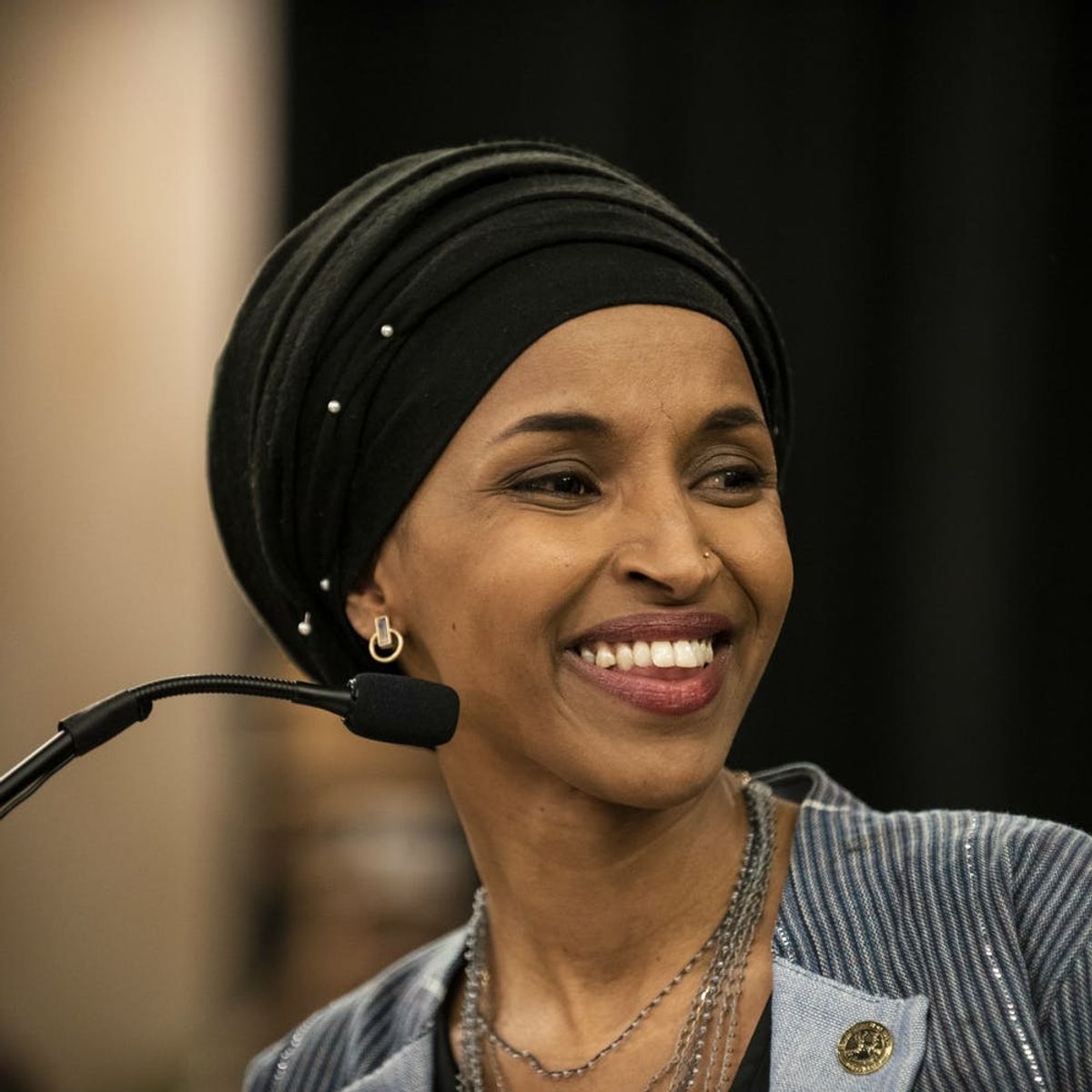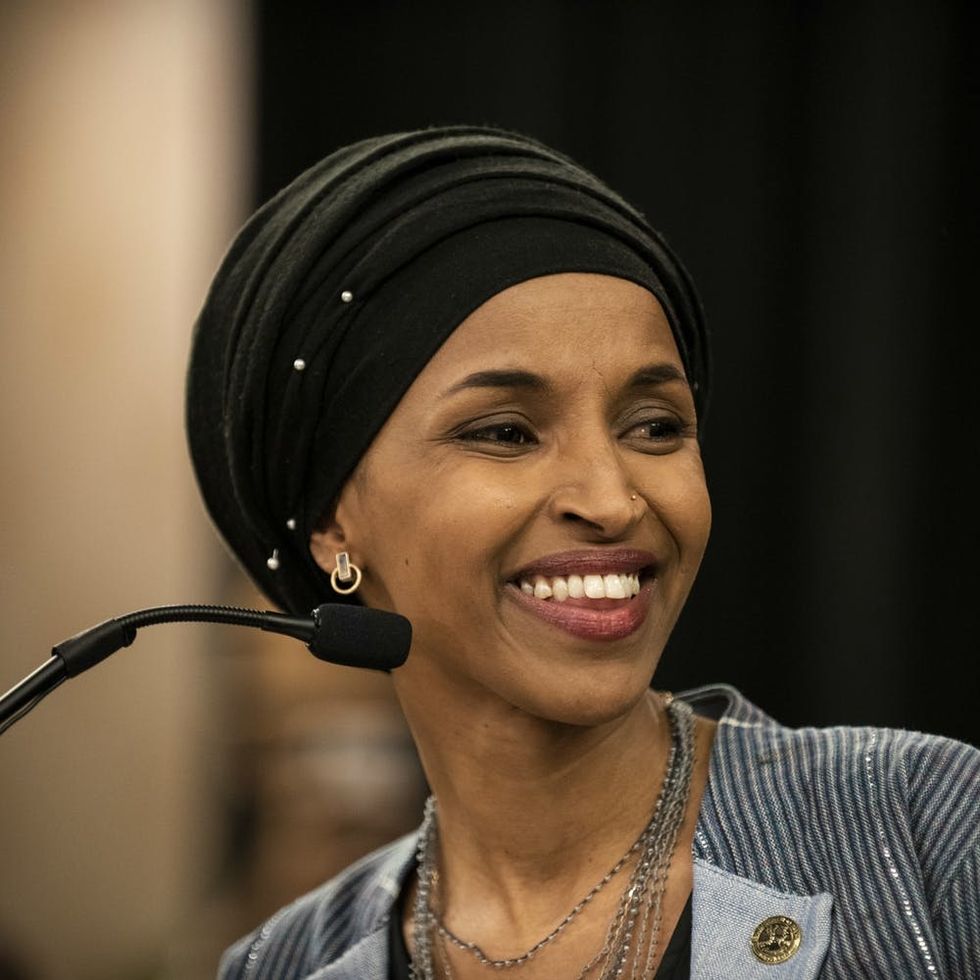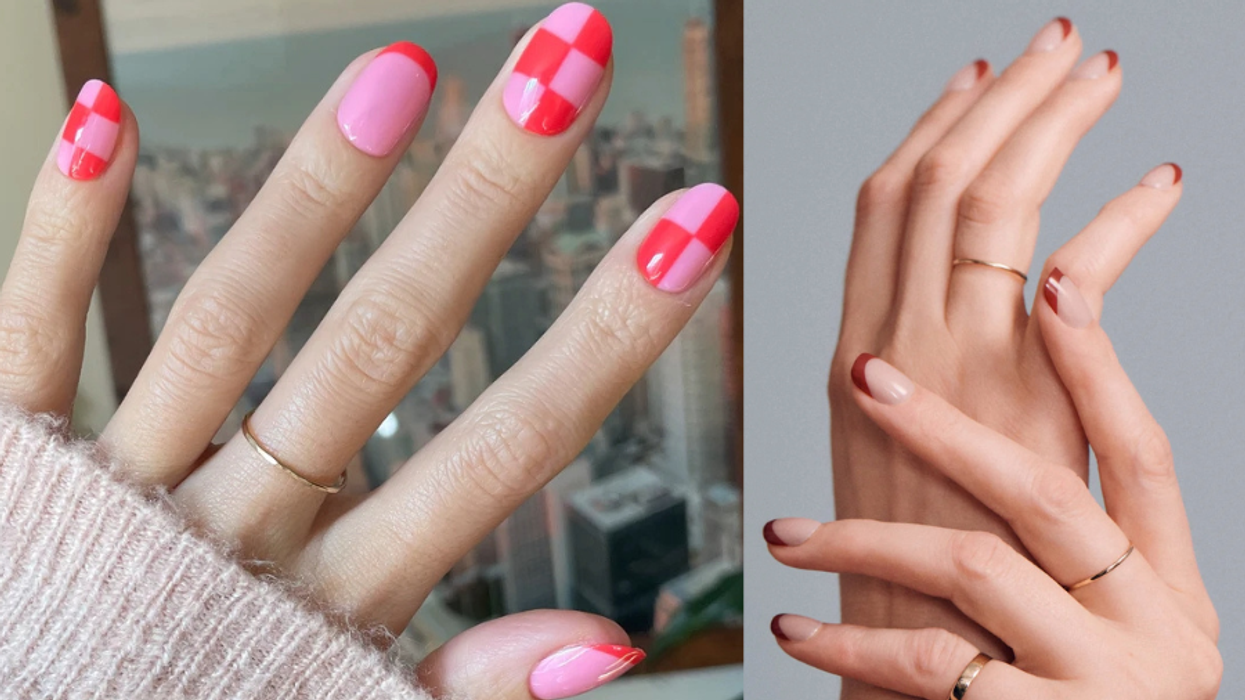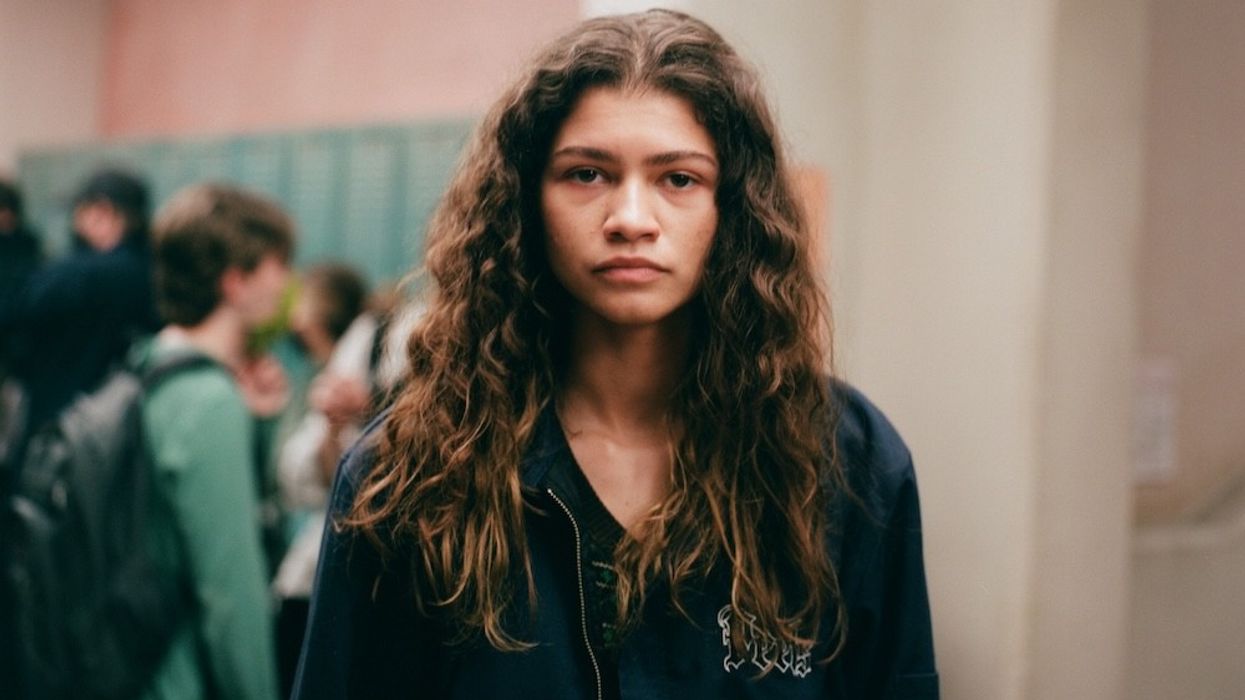This is huge.
Votes Are Still Being Counted, But Nobody Expected the ‘Year of the Woman’ to Look Like This

Last week’s midterm elections were groundbreaking in ways no one could have predicted. With more than 100 million voters, it was the biggest turnout during a midterm year ever. There were several historic firsts, including the youngest people ever elected to Congress, the first two Muslim women elected (including the first hijabi woman, Ilhan Omar), and more women of color elected than ever before.
And while leading up to this year’s midterms, many pundits called 2018 the Year of the Woman, nobody really expected this: Come January, a record 35 new women will be joining the 66 incumbent women in the House. It’s the biggest surge of women in federal office since 1992 — the first “year of the woman” in recent memory.

The year Bill Clinton first won the presidency also saw what was, at the time, a major political shakeup in Washington. After the Anita Hill hearing in 1991, women across the country were spurred to run for politics. Hill testified (much like Dr. Christine Blasey Ford did this year) to a judiciary committee about the alleged abuse she suffered while working with then-SCOTUS nominee Clarence Thomas. Although her testimony wasn’t enough at the time to get Thomas’ nomination pulled, it did help get women into office.
That year, 11 women (10 Democrats and one Republican) ran for Senate, and 106 women ran for the House of Representatives. Twenty-four women were elected to the House, and five women made it to the Senate, including two women representing California’s two Senate seats for the first time ever.
“Calling 1992 the ‘year of the woman’ makes it sound like the ‘year of the caribou’ or ‘year of the asparagus,’” Senator Barbara Mikulski said at the time. “We’re not a fad, a fancy, or a year.”
But while those gains were considered groundbreaking nearly 30 years ago, this year’s numbers are astronomical by comparison. In 1992, only 10 percent of Congress was made up by women. In 2019, 23 percent of the Senate and nearly a quarter of the House will be female.
Of the 35 newly elected members of the House, all but eight defeated incumbent men, and all but one are Democrats. In total, the House will see at least 101 women in Congress starting in 2019, and depending on recounts and final ballot tallies, that number could possibly go up.
More than a dozen states are adding women to their representation roster, and for Pennsylvania, where there are currently zero women representing the state, four women will head to the House in January. But it’s not just Congress: Janet Mills in Maine and Kristi Noem in South Dakota will be their states’ first woman governors.
And depending on the runoff on December 4 in Georgia, Democrat Stacey Abrams could join Mills and Noem as her state’s first woman governor, as well as the country’s first Black woman elected to state executive office.
(Photo by Stephen Maturen/Getty Images)

















